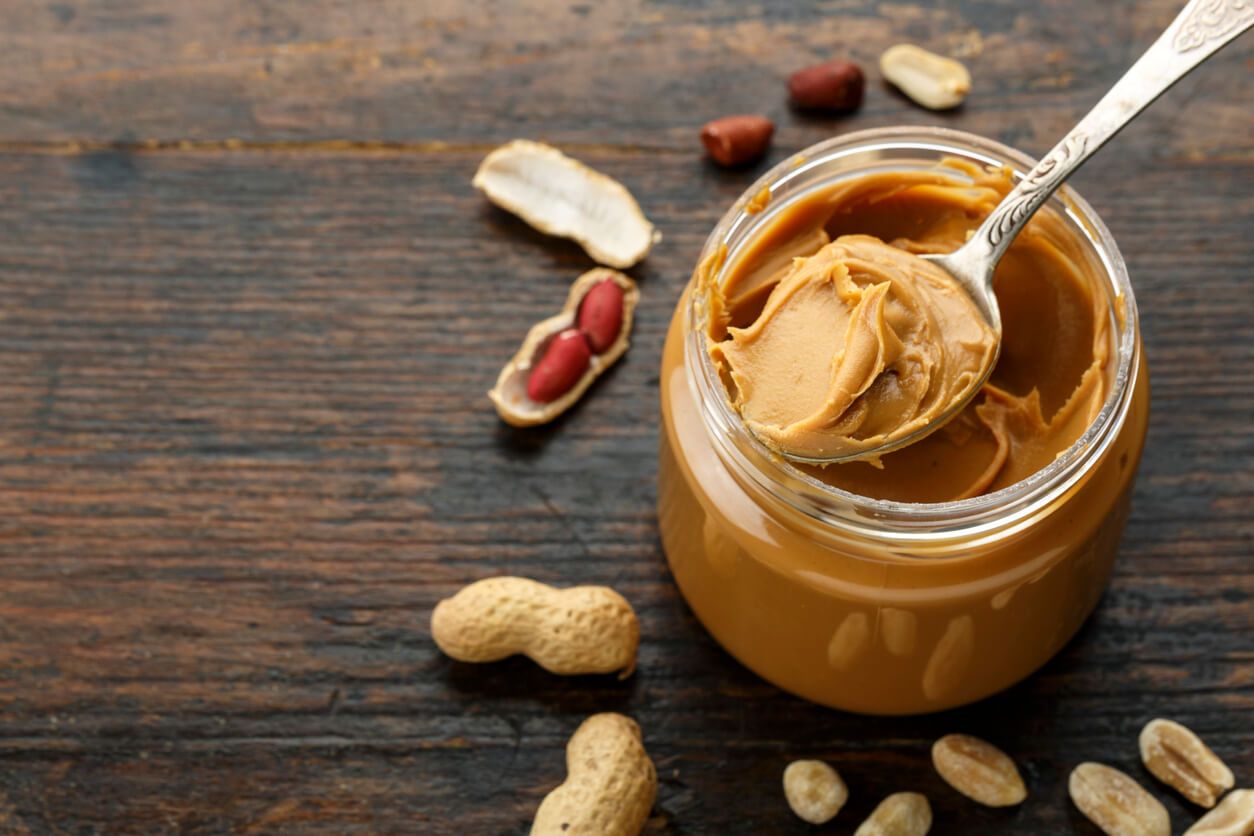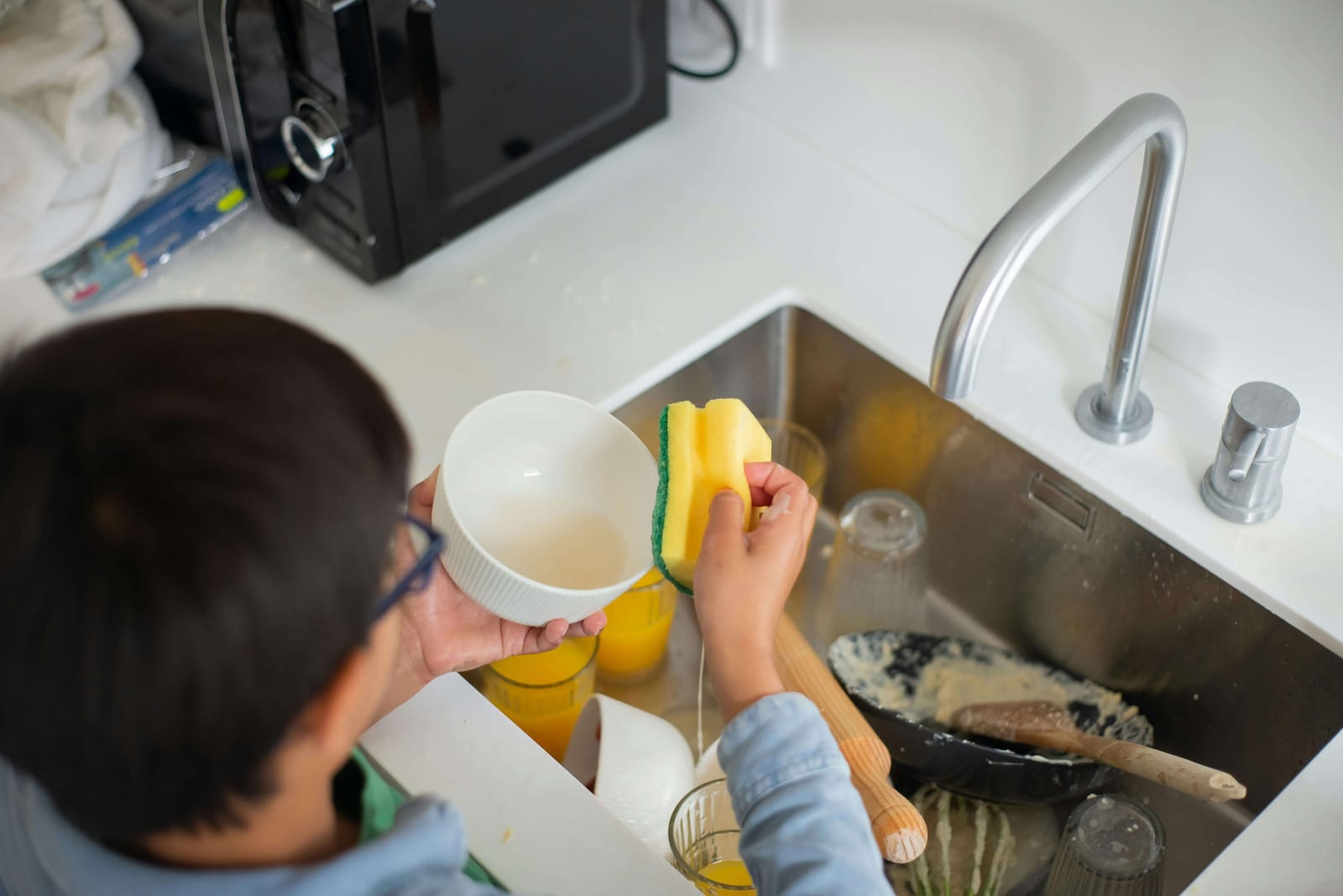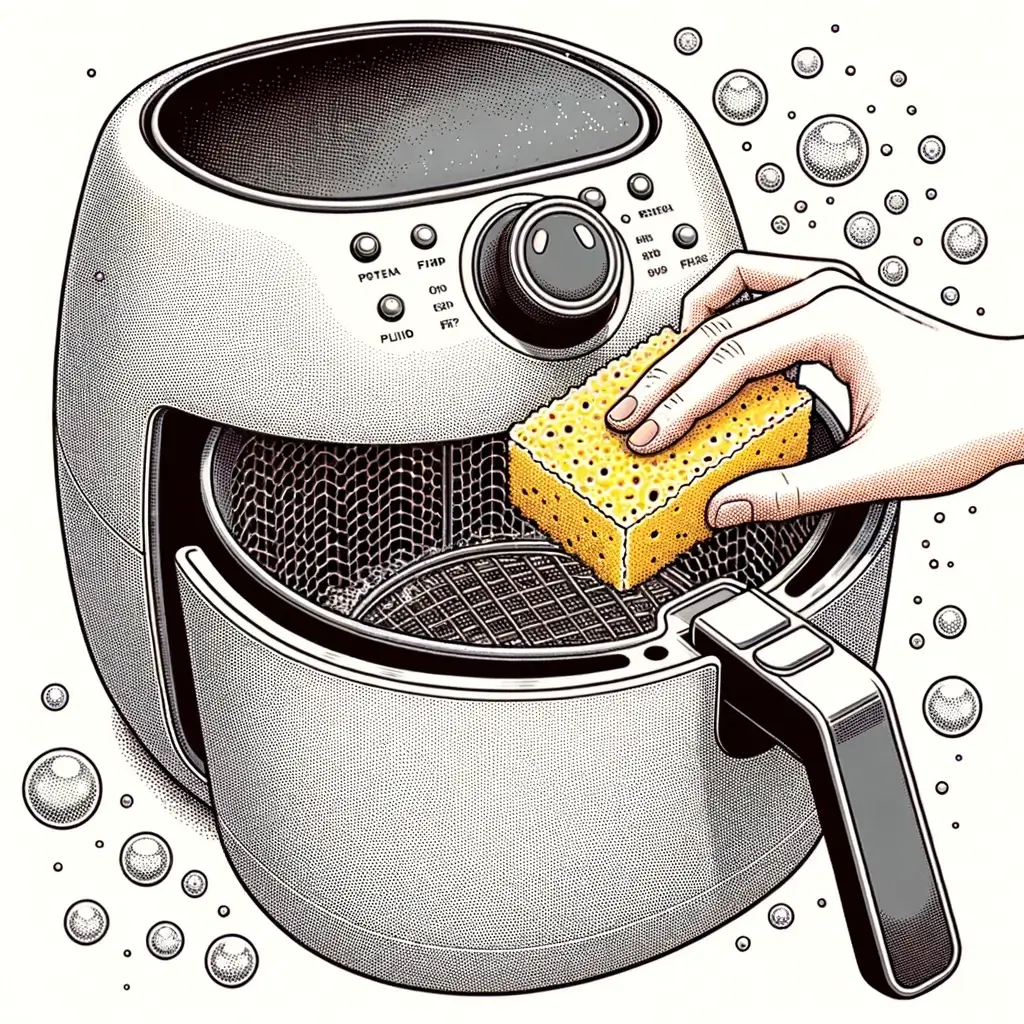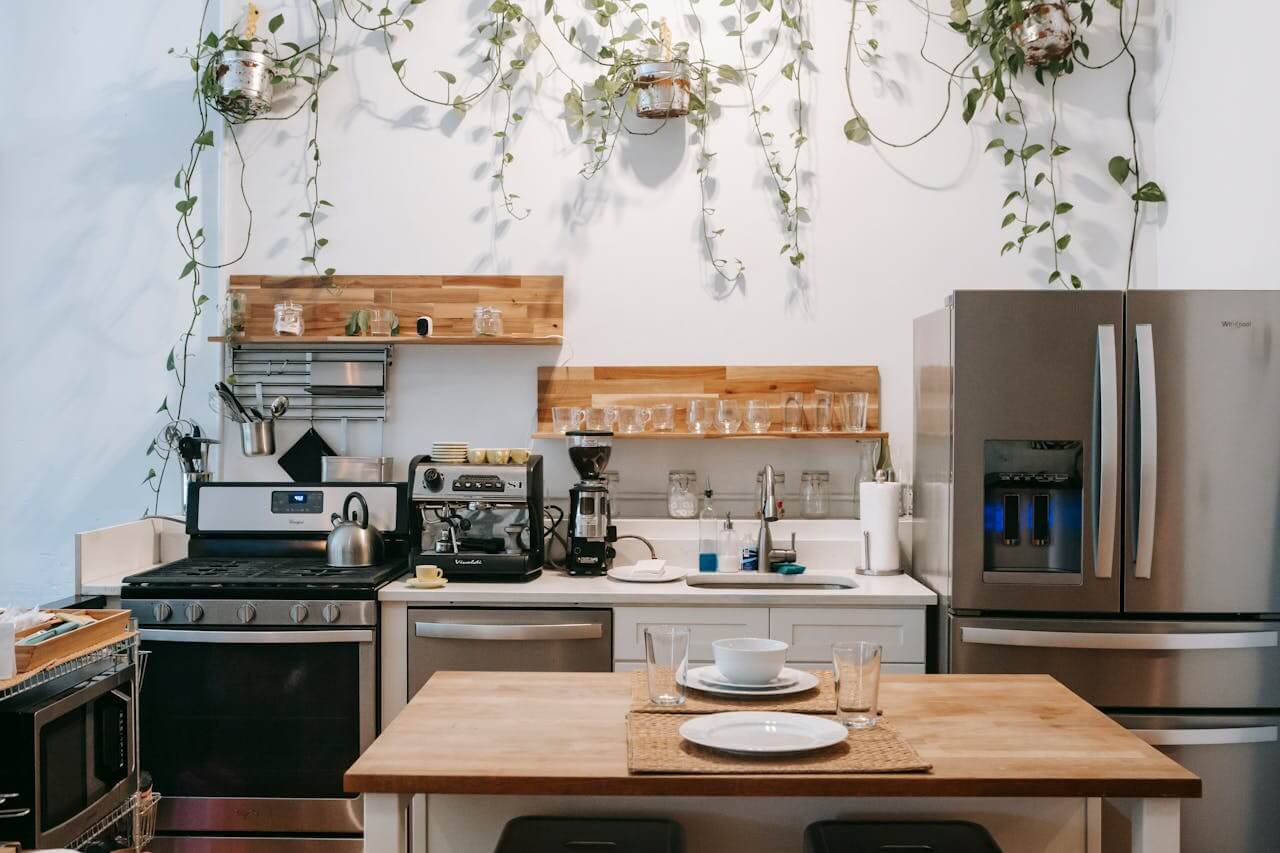Creating the perfect nut butter at home is a culinary achievement that brings immense satisfaction. The question that often arises is whether a blender or a food processor is the best tool for this task.
This micro-post will delve into the pros and cons of each, helping you decide what's best for your nut butter creation.
Jump To
- Blender vs. Food Processor
- How to Use a Blender to Make Nut Butter
- Tips for Making Nut Butter in a Blender
- Frequently Asked Questions
- Further Reading
Blender vs. Food Processor
Blenders and food processors are both capable of making nut butter, but they do have their differences. Blenders, especially high-powered ones like Vitamix or Ninja, are incredibly efficient at breaking down nuts into smooth, creamy butter. Their high-speed blades can easily handle the hard texture of nuts, making them a popular choice for nut butter enthusiasts.
On the other hand, food processors offer a larger capacity and more control over the texture. They are great for making larger batches of nut butter and allow you to achieve anything from a smooth to a chunky consistency. However, they may take a bit longer than blenders to achieve the desired smoothness.
How to Use a Blender to Make Nut Butter
Making nut butter in a blender is a straightforward process.
- Start by adding your choice of nuts to the blender. Almonds, peanuts, and cashews are all excellent options.
- Blend at high speed until the nuts are finely ground. You may need to scrape down the sides of the blender to ensure all the nuts are processed.
- Continue blending until you achieve a creamy, butter-like consistency.
Some blenders even have a specific setting for nut butter, making the process even easier.
Tips for Making Nut Butter in a Blender
Creating nut butter in a blender is not just about throwing nuts in and hitting the start button.
Here are some tips to ensure you get the perfect consistency every time:
- Choose the Right Nuts: Almonds, peanuts, and cashews are excellent for making nut butter. They each offer a unique flavor profile and nutritional benefits.
- Roast Your Nuts: Roasting the nuts before blending can enhance their flavor and make them easier to process. Just be sure to let them cool before adding them to the blender.
- Add a Bit of Oil: If your blender is struggling to process the nuts, consider adding a bit of oil. This can help create a smoother consistency. Use a neutral oil like canola or grapeseed to avoid altering the flavor of your nut butter.
- Be Patient: Making nut butter in a blender can take time. Don't be tempted to stop the blender too soon. The nuts will first turn into a fine powder before releasing their oils and transforming into butter.
- Store Properly: Transfer your nut butter to an airtight container once you've achieved the perfect consistency. You can store it in the refrigerator for up to two weeks.
Remember, making nut butter at home will allow you to control the ingredients as well as customize the flavors to your liking.
Happy blending!
Frequently Asked Questions
What kind of blender do I need to make nut butter?
A high-powered blender with sharp blades and a strong motor is ideal for making nut butter. Models like the Vitamix 750 or the Ninja Mega Kitchen System are excellent choices.
Can I use a blender for nut butter?
Yes, you can use a blender to make nut butter. High-speed blenders are particularly efficient at breaking down nuts into smooth, creamy butter.
Which blender is good for almond butter?
Thanks to its powerful motor and high-speed blades, the Vitamix 750 is a great choice for making almond butter.
Is a blender better than a food processor for nut butter?
Both blenders and food processors can be used to make nut butter. Blenders are typically faster and can create a smoother consistency. At the same time, food processors offer more control over the texture and are better for larger batches.
Further Reading
- Crafting Nut Butter at Home: Your Essential Blender Guide - Dive deeper into the art of making nut butter at home with this comprehensive guide. Learn the best practices and tips to create the perfect nut butter using your blender.
- Unraveling the Blender: The Science of Nut Butter Making - Ever wondered how your blender transforms nuts into a creamy spread? This article explores the fascinating science behind the process.
- How to Make Almond Butter: Learn how to transform simple almonds into a creamy, healthy spread with Cookie + Kate's easy-to-follow almond butter recipe.
- If you're considering investing in a new blender for your nut butter creations, check out our article on the best blenders for nut butter.



